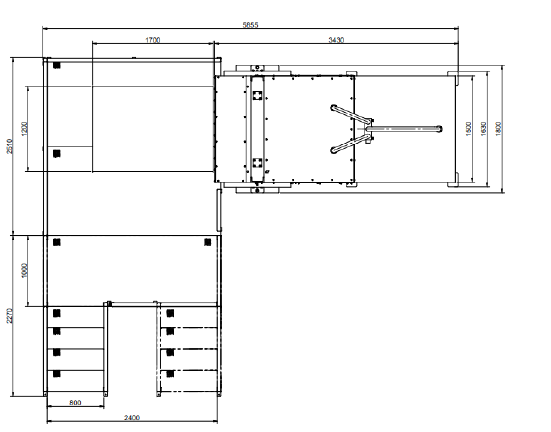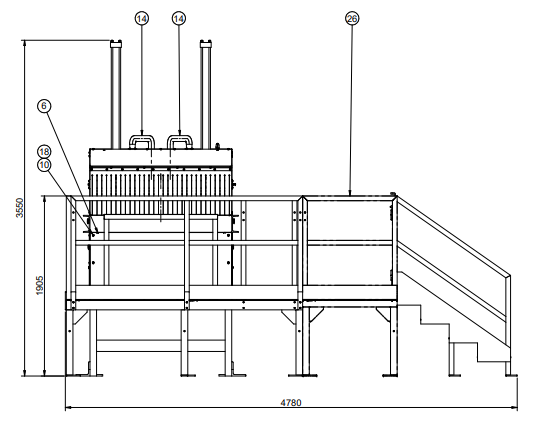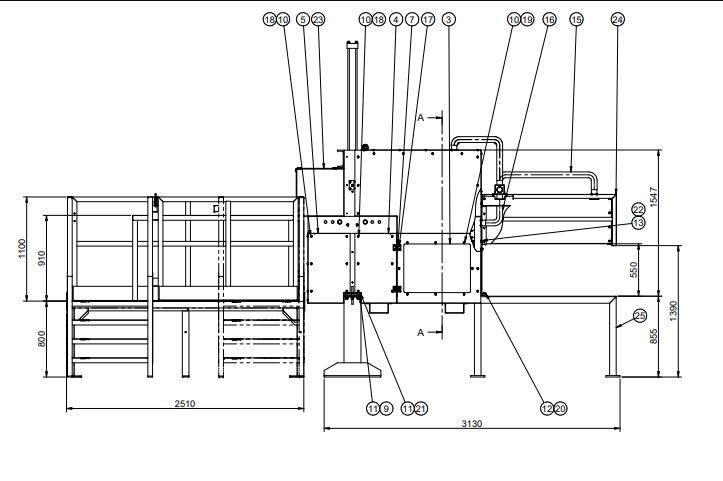AEEA-recycling installatie maakt de verwerking van klein en middelgroot elektronisch afval mogelijk met een capaciteit tot 300-500 kg/u aan de inlaat, afhankelijk van de gekozen configuratie. De MINI AEEA -recyclinglijn maakt de terugwinning van Ferro-fracties en non-ferrometalen mogelijk, waardoor handmatige bewerkingen worden vergemakkelijkt om de recycling van elektrisch en elektronisch afval winstgevender te maken. De MINI AEEA -recyclinglijn is ontworpen en ontworpen voor operators in de recyclingindustrie die relatief kleine hoeveelheden AEEA-afval willen verwerken, maar de noodzaak begrijpen om sommige fasen van het proces te mechaniseren en automatiseren. De MINI AEEA -recyclinglijn maakt het mogelijk om een mix van metalen te verkrijgen, gescheiden van de Ferro-fracties en van de plastic fracties. De MINI AEEA -recyclinglijn is ontworpen om de uitbreiding van het systeem mogelijk te maken met de toevoeging van extra raffinageapparatuur en scheiding van de metaalfractie.
Meer recyclingfabrieken ontworpen en geproduceerd door Stokkermill Recycling Machinery:
- Elektrische en elektronische apparatuur en raffinaderijlijnen (AEEA)
- Verwerkingsinstallaties/lijnen voor autowrakken
- Behandelingslijnen voor harde schijven
- Tonerrecyclinginstallaties en -lijnen
- Planten en lijnen voor het recyclen van zonnepanelen
- Kabelrecyclinginstallaties en -lijnen
- Verwerkingsinstallaties en lijnen voor elektronische PCB-kaarten
- Recyclinginstallaties en -lijnen voor koffiecapsules
- Breekinstallaties en sorteerlijnen















